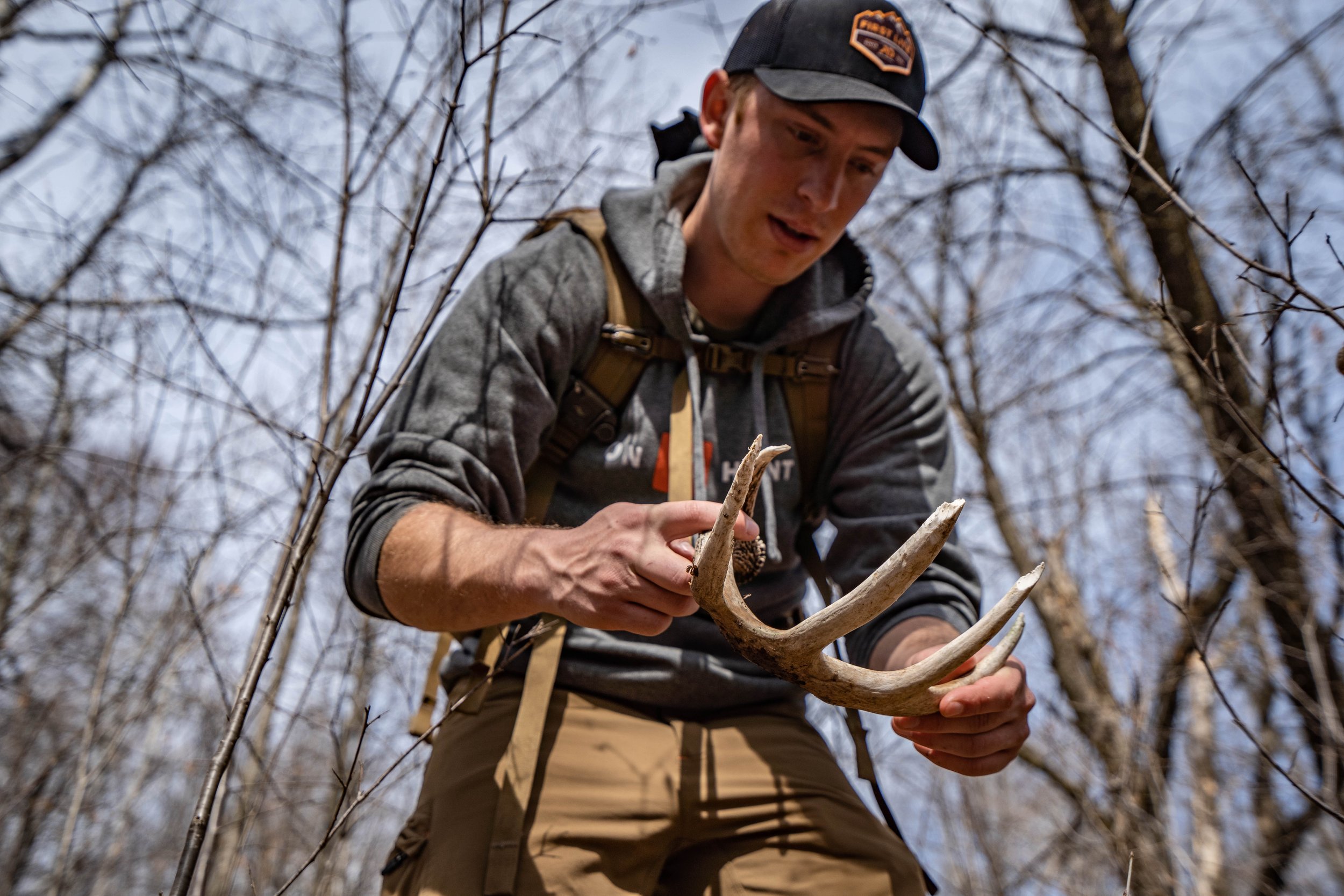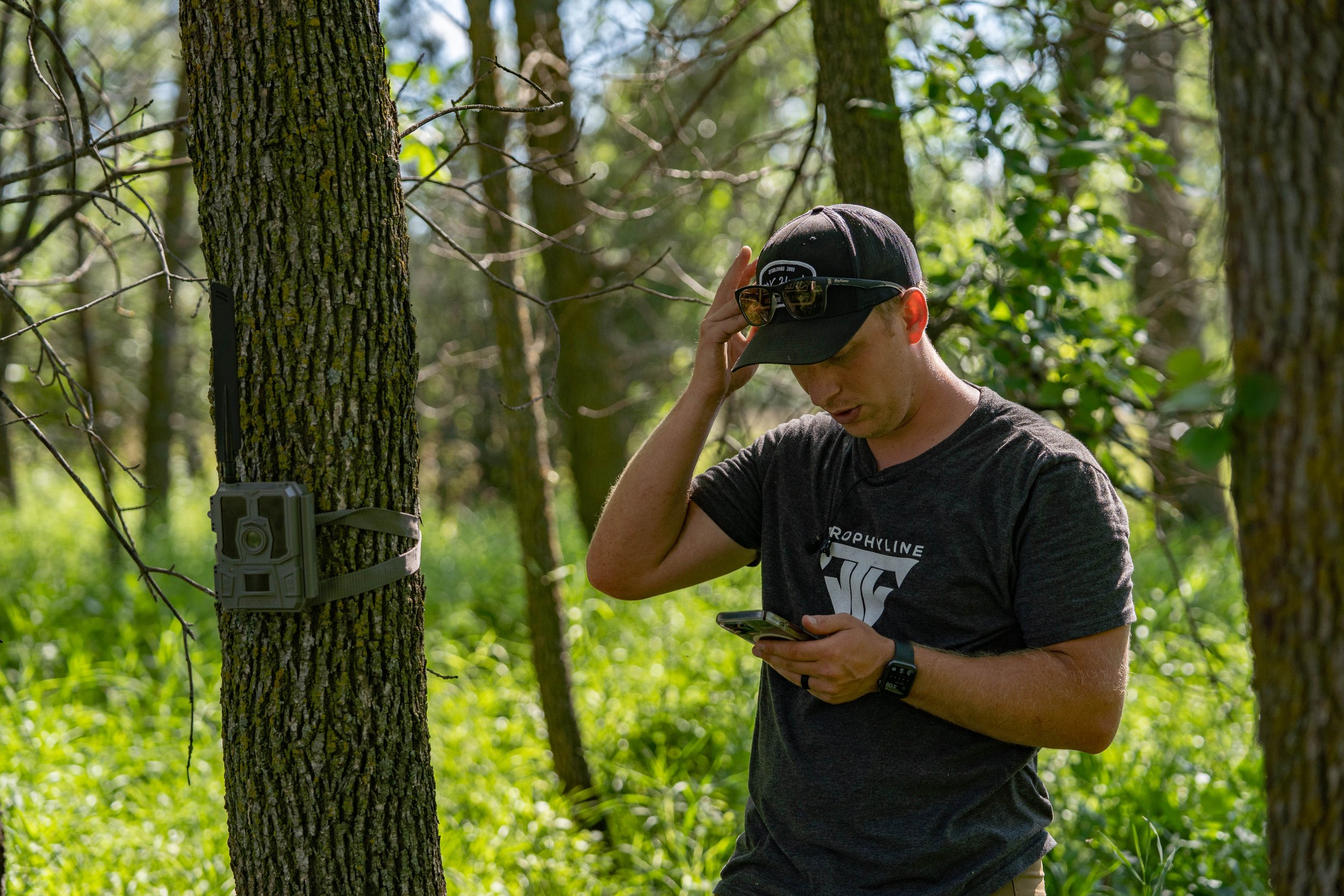By Alex Comstock
It’s been awhile again since I’ve published a blog post. Every time I write one now, it brings me back to the inception of WhitetailDNA as 4,5,6 years ago, I would publish blog posts weekly and sometimes daily. Now that I spend much more time producing YouTube videos (check out the channel HERE!) I simply don’t write as much. This year, you can expect at least a blog post per month from me. The majority of my focus will continue to go into YouTube, but some writing will still happen.
With that said, as I type this in early March there’s still feet and feet of snow out in the woods in my parts. We’ve finally begun to experience some temps above zero and my mind is on shed hunting. Given how bad our winter has been and how much snow we seemingly get every week, shed hunting has practically been non existent, but I hope to get some walking in throughout the next couple months. Speaking of shed hunting, in this particular blog post, I wanted to focus on actually spotting sheds as I believe it can be a very often glossed over part of looking for antlers.
Don’t Look For Full Antlers
One of the biggest mistakes people make shed hunting is looking for big full antlers with tines sticking up in the middle of deer trails. Truth is, that’s not reality 95% of the time. You pretty much have to “train” your eyes to spot antlers. What I mean by this is understanding that you’ve got to spot a tip of a tine, a curve of a main beam or a differentiation in color from branch to antler. It’s about looking “small”. The more you find, the more you’ll understand, but this is by far the biggest and best piece of advice I have when it comes to spotting sheds.
Keep Your Eyes Continually Scanning
When you’re walking and looking for sheds, it’s common to keep your eyes on the deer trail you are walking on. Here’s the deal, if there’s a shed sitting in the middle of the deer trail you’re walking on, it’s going to be hard to miss. Of course, there is the scenario where it’s tines down in the snow or under some leaves and more difficult to spot, but my general point here is that you don’t have to keep your eyes glued straight in front of you.

I find that you need to continually keep your eyes scanning off the deer trail. Five yards, ten yards, left, right and left again. By keeping your eyes scanning and constantly moving, you’re covering more ground without having to cover more ground. Personally I walk very slow as to be more efficient with my eyes. But if you’re keeping them scanning and looking small, your chances of finding some bone will go up.
Conclusion
I kept this one short and sweet. But trust me, these two main pieces of advice can surely help you. When it comes to anything deer hunting related, I try to stack as many things in my favor as possible. The more things in my favor, the better chances of success I have. If you can learn to be looking for tiny details such as a curve of a main beam or a tip of a tine and keep those eyes scanning, your chances of finding more sheds will no doubt go up.






























